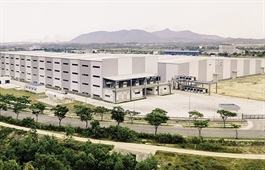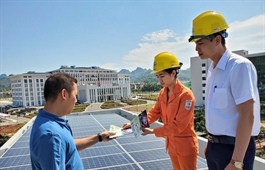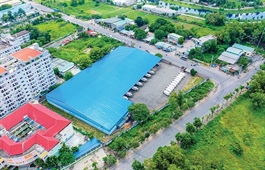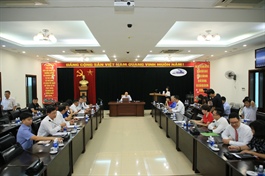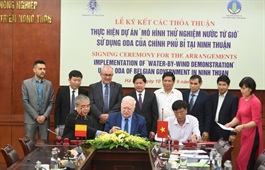Supply chain growth can outpace Southeast Asia
Supply chain growth can outpace Southeast Asia
Vietnam is a standout among Southeast Asian countries with its range of advantages in attracting foreign investment. VIR’s Binh An talked with C. K. Tong, CEO of BW Industrial Development JSC, about his assessment of Vietnam’s position in the regional supply chain as well as its post-pandemic potential.
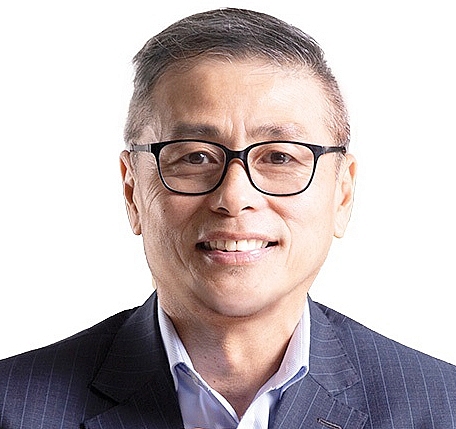
C. K. Tong, CEO of BW Industrial Development JSC
|
With travel restrictions and social distancing measures around the world, we are already seeing widespread impacts on the global supply chain. What do you foresee for Vietnam’s supply chain post-pandemic?
There are two key impacts, both from consumers and manufacturers.
First and foremost, the entire supply chain has been impacted by the lockdown in China when the pandemic forced a lot of factories to close. As a result, products that China produces for the market were disrupted, along with supply chains from manufacturing to consumption as goods and spare parts could not be delivered.
China – one of the largest suppliers of parts and components today – is now strongly impacted by the pandemic and so are its factories. Even companies like Samsung, which is the biggest mobile phone supplier in the world, depend heavily on products made in China and their component supply chains have also been disrupted.
Heavily impressed by these impacts, both manufacturers and consumers are looking for alternatives to reduce dependence on the Chinese market and to stabilise their business and supply chains. As a result, they must think of migrating their supply chain out of China to a more comfortable location – and of course the best way for them is somewhere close to their current factories. Vietnam, in this case, is one of the best options.
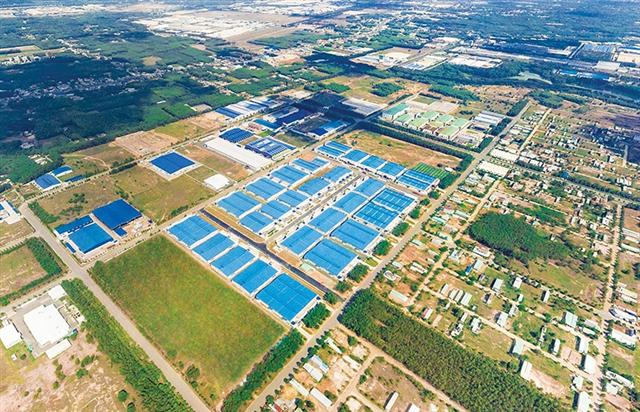
Overseas manufacturers continue to see Vietnam as a good place to divest risks
|
Supply chains are extremely important for every country to develop their economy and attract more foreign investment. In the race with Singapore, Thailand, Malaysia, Indonesia, and the Philippines, how can Vietnam best utilise its advantages to attract foreign capital and develop supply chains?
Typically, manufacturers consider a plethora of factors when deciding the location of a manufacturing base. Among those are cost, the skill of the work force, productivity, and the scale of the market.
In Asia, there are only a few countries which have a population as big as Vietnam, the Philippines, or Indonesia. Looking at market potential, these locations will continue to attract investment in the coming time.
Geographically, Vietnam is right next to China. Therefore, many manufacturers had already looked at Vietnam even before COVID-19 because they realised that they need to spread their risks to other destinations.
In addition to that, Vietnam has a similar culture to Japan and South Korea. These three countries essentially have strong influences from Chinese culture, which is translated into the enterprises spirit where ethics is highly appreciated and it is proven in better skills, more talent, and very good work ethic for extremely high productivity.
Last but not least, Vietnam has one great advantage over the others – its efforts to fight against and contain the pandemic. As a result of its successful policies, many factories and manufacturing sites could stay open and the impact of the disease has been minimal. This speaks volumes to international manufacturers who will see Vietnam as a good place to divest their risks. As a result, there is tremendous interest and enquiries targeting Vietnam as an alternative.
Adding its status as a low-cost country, Vietnam is considered more competitive than others and I believe that it will be in the spotlight for many years more and will likely attract a great portion of the investment migrating out of China.
How is BW’s development strategy in Vietnam and what are your expectations for the Vietnamese industrial property market in 2021 and beyond?
If the pandemic is brought under control and people are able to travel, I think 2021 will see demand from overseas doubling or even tripling. We at BW are ready to build more factories and warehouses to keep up with this demand. Everything can be better if the pandemic is controlled, not just in Vietnam but also around the globe and in key markets like the United States and Europe.
Last year was a very positive one for Vietnam due to the US-China tensions driving a range of companies to the country. I think that combined impact will be achieved since the tensions will continue after the pandemic.
In addition, the EU-Vietnam Free Trade Agreement was also officially put into force in August and global supply chains are also being redesigned. All of these factors are going to fuel tremendous demand for industrial property in Vietnam.



